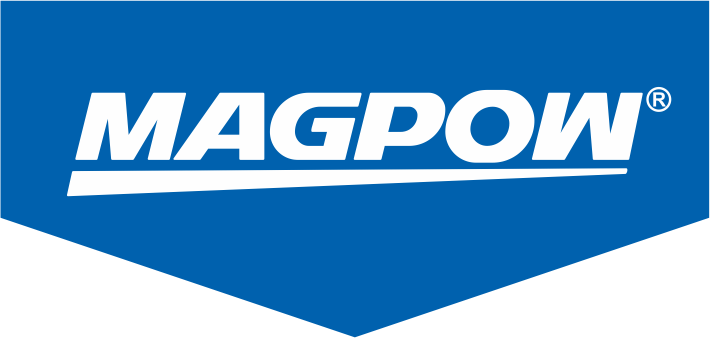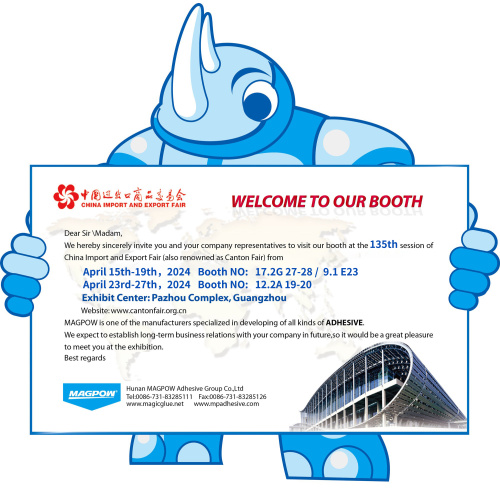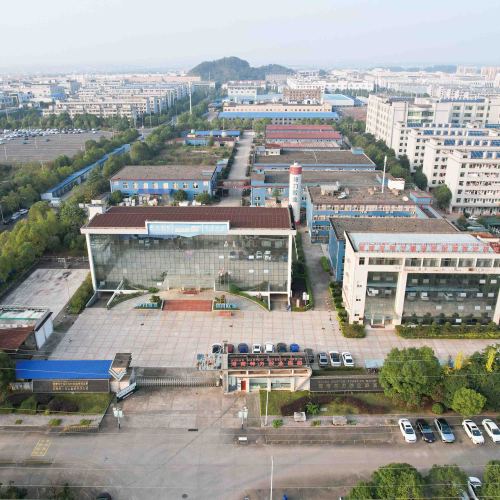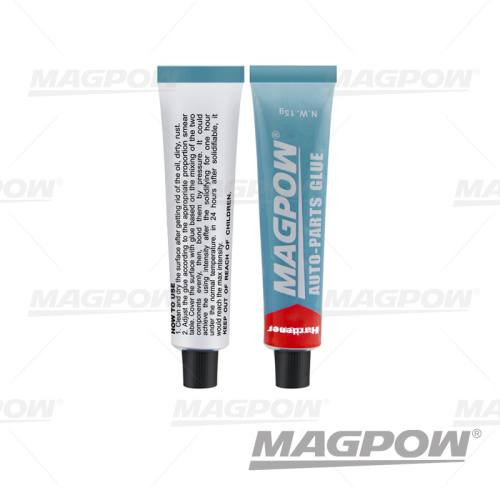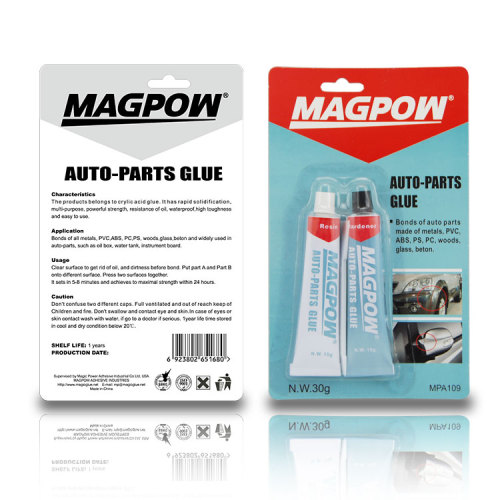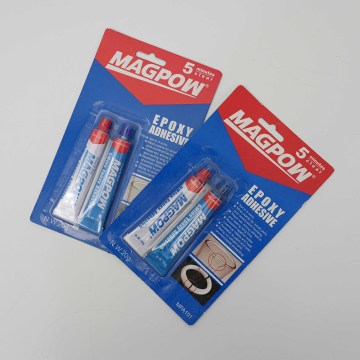1. Use
The agent is a chloroprene rubber adhesive that is prepared by mixing chloroprene rubber, methyl methacrylate, benzoyl peroxide, toluene, cyclohexanone, phenolic resin and oxime resin as raw materials. It is mainly used for bonding artificial leather, synthetic leather, plastics, nylon and plexiglass. Also suitable for the footwear industry.
2. Raw materials
(1) Neoprene: Also known as chloroprene rubber. A synthetic rubber. It is the α-polymer of chloroprene. Soluble in benzene and chloroform and other solvents. In mineral oils and vegetable oils it swells slightly and does not dissolve. Used in the manufacture of rubber products such as conveyor belts, hoses, and cables, as well as coatings and adhesives. Used as a binder in this agent. Use industrial products.
(2) Methyl methacrylate: colorless and volatile liquid. Slightly soluble in water, soluble in many organic solvents. It is easy to polymerize in the presence of light, heat, ionizing radiation and catalysts. For the manufacture of organic glass, resins, plastics, coatings, adhesives, lubricants and so on. This agent is used as a modifier for adhesives and adhesives. Use industrial products.
(3) Benzoyl peroxide: Abbreviated as BPO. White crystalline powder, slightly soluble in water and ethanol, soluble in organic solvents such as benzene and chloroform. Literature is used as an initiator for the polymerization reaction and photochemical reaction of vinyl units (vinyl chloride, acrylonitrile, etc.). When heated or rubbed, it will explode spontaneously. Exposure to flammable materials can cause fire. It must be stored in cold and dark places and be protected from fire.
(4) Toluene: colorless and volatile liquid. Aroma smell. Insoluble in water, soluble in alcohol, ether and acetone. Chemically similar to benzene. For the manufacture of saccharine, dyes, drugs, explosives and so on. Used as a solvent in this agent. Use industrial products.
(5) Cyclohexanone: A colorless oily liquid. There is the smell of acetone. Slightly soluble in water, more soluble in ethanol and ether. For the manufacture of resins, synthetic fibers and so on. Used as a diluent in this agent.
(6) Phenolic resin: Polycondensation of phenols and aldehydes. The liquid and solid products typically derived from the action of phenol and formaldehyde. phenol
Aldehyde resin is acid, alkali and heat resistant. For the preparation of paints, adhesives, phenolic plastics and so on. Due to different varieties, compositions, properties, etc., phenolic resins can be divided into three categories: pure phenolic resin, modified phenolic resin and resorcinol formaldehyde resin. The agent is a pure phenolic resin. This agent is used as a binder.
(7) Oxime resin: also known as coumarone resin, coumarone resin, commonly known as Coumarone resin. A resin obtained by polymerizing a 160 to 185°C fraction of coal tar (mainly containing coumarone and quinone). Light yellow to black. Acid and alkali resistant. It is insoluble in lower monohydric alcohols and polyols and soluble in organic solvents such as chlorinated hydrocarbons, esters, ethers, ketones, nitrobenzene and aniline. It is mainly used as a substitute for natural resin or esterified rosin to prepare insulating coatings and anti-rust coatings. Also used as a rubber softener and ceramic binders.
3. Formula (weight parts)
Neoprene rubber
100
Methyl methacrylate
95
Benzoyl peroxide
0.1 to 0.5
Toluene
450
Cyclohexanone
100
Phenolic Resin
5
Oxygenated resin
5
4. Preparation and use methods
First, the chloroprene rubber was dissolved in toluene, then methyl methacrylate and benzoyl peroxide were added, and the mixture was heated to 70° C. After 6 to 8 hours of graft polymerization, cyclohexanone, phenolic resin, and oxygen oxime were added. Resin and stir evenly.
In use, the leather to be bonded, the skin, and the like are roughened on the hair-bending machine to increase the contact area, and the adhesive surface after the hair-being is kept clean and dry. Then use a brush to apply this agent. The brush should be applied evenly. When sticking the shoes, the thickness of the coating is generally 0.2 mm, and the amount of glue used is 1000 g/m2. After the solvent is substantially volatilized, the finger contact is sticky but not sticky. At this time, the best adhesion time is to align the adhesive surface, and then pressurize with 0.5 MPa pressure for 1 to 2 minutes.
